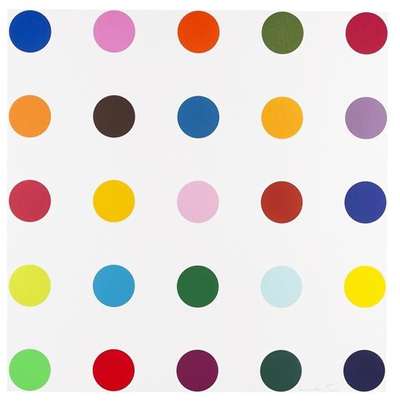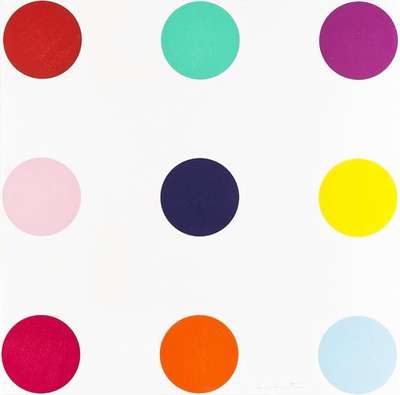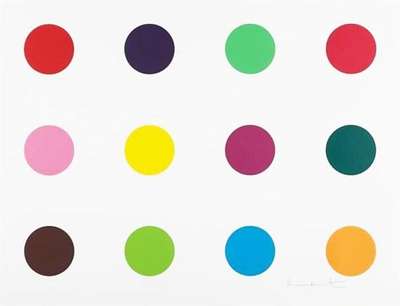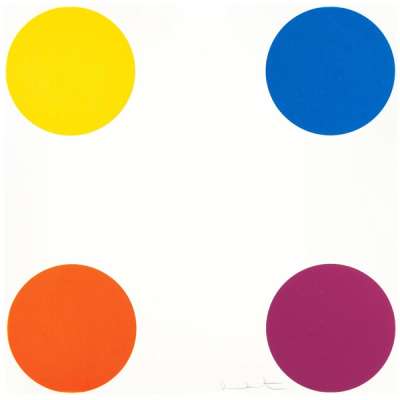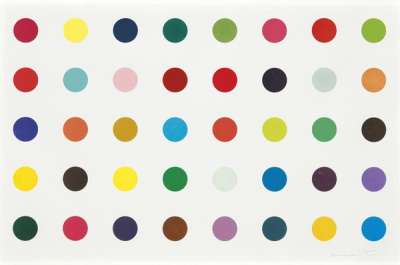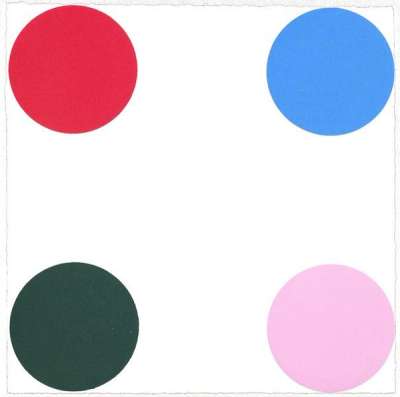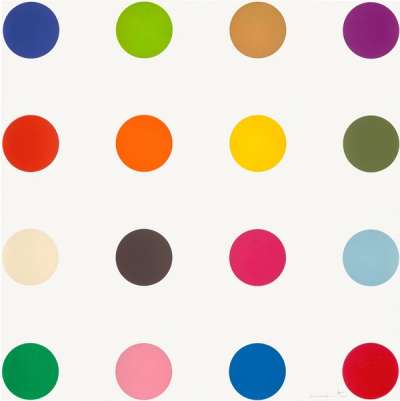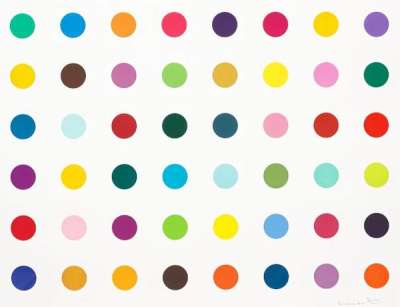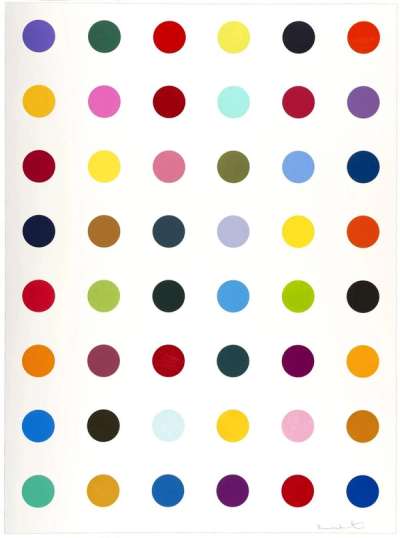
Pridinol

Pridinol
Signed Print
Damien Hirst
£6,500-£10,000Value Indicator
$13,000-$20,000 Value Indicator
$11,500-$18,000 Value Indicator
¥60,000-¥90,000 Value Indicator
€8,000-€12,000 Value Indicator
$60,000-$100,000 Value Indicator
¥1,250,000-¥1,920,000 Value Indicator
$8,000-$12,500 Value Indicator
AAGR (5 years) This estimate blends recent public auction records with our own private sale data and network demand.
There aren't enough data points on this work for a comprehensive result. Please speak to a specialist by making an enquiry.
Medium: Woodcut
Edition size: 24
Year: 2010
Size: H 96cm x W 91cm
Signed: Yes
Format: Signed Print
Track this artwork in realtime
Watch artwork, manage valuations, track your portfolio and return against your collection
Track auction value trend
Auction Results
| Auction Date | Auction House | Location | Hammer Price | Return to Seller | Buyer Paid |
|---|---|---|---|---|---|
| April 2018 | Christie's New York | United States | |||
| September 2017 | Sotheby's Online | United Kingdom |
Meaning & Analysis
Pridinol is a woodcut print from Damien Hirst’s 12 Woodcut Spots series from 2010. The print shows a perfect circle in blue, positioned in the centre of the square composition. Set against a plain white backdrop, this print appears like a drastically cropped version of one of Hirst’s more recognisable spot paintings. As a result, Pridinol is decidedly abstract.
The 12 Woodcut Spots series is reminiscent of Hirst’s vast series of spot paintings, of which there are over 1000 in existence, dating from 1986 to 2011. The spots represent abstraction reduced to its most basic mechanisms: colour, form and composition. The grid formula for these paintings is the basis for an unbounded series where Hirst can infinitely explore harmonious and contrasting colour combinations.
When Hirst’s first spot paintings appeared in the Freeze exhibition of 1988, this marked a turning point in the artist’s career where he began to employ assistants to create the spot paintings. As artificial as the chemicals and drugs that the titles take their inspiration from, the spot paintings appear to have been produced mechanically and without human intervention. Despite their deceiving simplicity, these works are laborious and painstaking to produce.
Damien Hirst, born in Bristol in 1965, is often hailed the enfant terrible of the contemporary art world. His provocative works challenge conventions and his conceptual brilliance spans installations, paintings, and sculptures, often exploring themes of mortality and the human experience. As a leading figure of the Young British Artists (YBA) movement in the late '80s, Hirst's work has dominated the British art scene for decades and has become renowned for being laced with controversy, thus shaping the dialogue of modern art.
